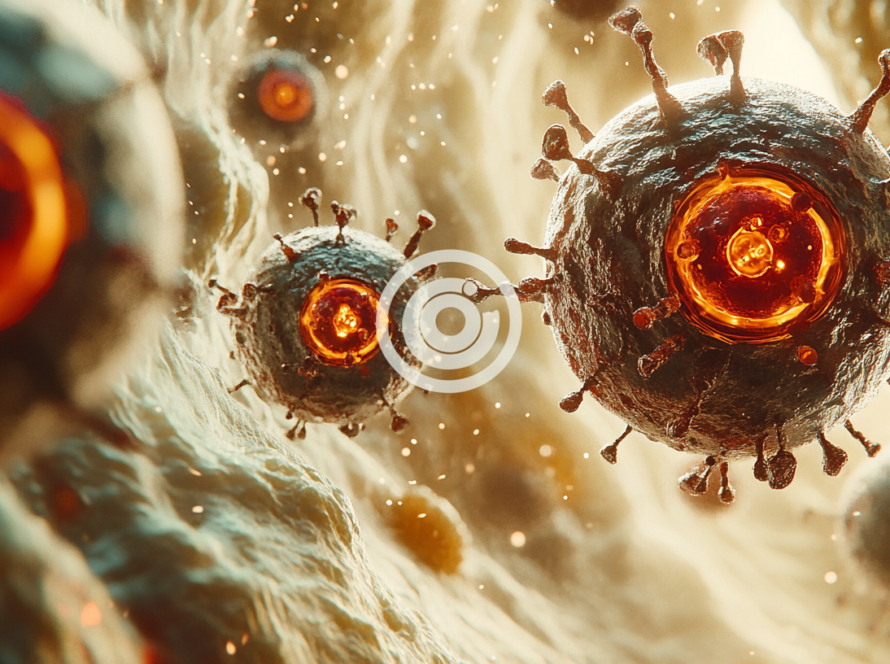Key Takeaways
- Bioelectric medicine uses electrical impulses to treat various conditions
- Vagus nerve stimulation shows promise in treating inflammation and autoimmune disorders
- Electroceuticals offer a potential alternative to traditional pharmaceuticals
- Ongoing research aims to expand applications and improve efficacy
- Challenges include device miniaturization and precise targeting of specific neural circuits
The Rise of Bioelectric Medicine
In recent years, a new way of medical treatment has emerged, one that harnesses the body’s own electrical systems to heal and restore function. This field, known as bioelectric medicine, is rapidly gaining traction as researchers uncover the potential of electrical stimulation to treat a wide range of conditions, from arthritis to cancer.
Dr. Kevin Tracey, president and CEO of the Feinstein Institute for Medical Research, explains, “Bioelectric medicine represents a convergence of molecular medicine, neuroscience, and bioengineering. It’s allowing us to decode and modulate the electrical conversations between the brain and the body’s organs.”
The Body’s Electrical Network
At its core, bioelectric medicine recognizes that the human body is not just a collection of chemical reactions but also an intricate electrical system. Every cell in our body maintains an electrical charge, and our nervous system communicates via electrical impulses. By tapping into this network, researchers aim to treat diseases at their source without the side effects often associated with traditional pharmaceuticals.
Vagus Nerve Stimulation: A Gateway to Healing
One of the most promising areas of bioelectric medicine is vagus nerve stimulation (VNS). The vagus nerve, often called the body’s “superhighway,” connects the brain to many major organs. By stimulating this nerve with mild electrical pulses, researchers have found ways to influence various bodily functions.
“The vagus nerve is like a switchboard operator for the body’s inflammatory response. By modulating its activity, we can potentially treat a wide range of inflammatory and autoimmune conditions.” – Dr. Kevin Tracey
Applications of VNS
- Epilepsy: FDA-approved VNS devices have been used to reduce seizure frequency in patients with drug-resistant epilepsy.
- Depression: VNS has shown promise in treating treatment-resistant depression.
- Rheumatoid Arthritis: Early studies suggest VNS may help reduce inflammation in rheumatoid arthritis patients.
- Inflammatory Bowel Disease: Research is ongoing to explore VNS as a treatment for conditions like Crohn’s disease and ulcerative colitis.
Electroceuticals: The Next Generation of Therapeutics
The term “electroceuticals” was coined to describe devices that use electrical impulses to treat diseases, positioning them as alternatives or complements to traditional pharmaceuticals. GlaxoSmithKline (GSK) has been at the forefront of this field, investing heavily in their bioelectronics division.
Moncef Slaoui, former chairman of GSK’s vaccines division and a key figure in their bioelectronics initiative, stated, “We believe this field could have as big an impact as molecular medicines.”
Current and Potential Applications
- Chronic Pain: Spinal cord stimulators are already in use to treat chronic pain conditions.
- Heart Failure: Cardiac resynchronization therapy uses electrical impulses to improve heart function.
- Parkinson’s Disease: Deep brain stimulation has shown success in managing Parkinson’s symptoms.
- Cancer: Early research suggests bioelectric approaches may help in cancer treatment by disrupting tumor growth.
The Challenges Ahead
While the potential of bioelectric medicine is immense, several challenges must be overcome to realize its full potential:
1. Miniaturization
Current devices can be bulky and invasive. Researchers are working on developing smaller, less intrusive devices that can be implanted with minimal surgery or even applied externally.
2. Precision Targeting
The human nervous system is incredibly complex. Stimulating the exact neural circuits responsible for a specific condition without affecting others remains a significant challenge.
3. Long-term Effects
As with any new medical technology, the long-term effects of chronic electrical stimulation need to be thoroughly studied and understood.
4. Regulatory Approval
As a relatively new field, bioelectric devices face rigorous regulatory scrutiny. Navigating the approval process for these novel treatments can be time-consuming and costly.
The Future of Bioelectric Medicine
Despite these challenges, the future of bioelectric medicine looks bright. Ongoing research is expanding our understanding of the body’s electrical systems and improving the precision and efficacy of bioelectric treatments.
Dr. Kristoffer Famm, head of GSK’s bioelectronics division, envisions a future where “bioelectronic medicines could be programmed to read and correct the electrical signals that pass along the nerves of the body, treating a wide range of conditions.”
Emerging Research Areas
- Closed-loop Systems: are devices that can both stimulate and record neural activity, adjusting treatment in real-time.
- Optogenetics: Using light to control genetically modified neurons, allowing for even more precise control.
- Nanotech Integration: Combining bioelectronics with nanotechnology for ultra-precise, cellular-level treatments.
Conclusion
Bioelectric medicine represents a paradigm shift in how we approach disease treatment. By harnessing the body’s own electrical systems, it offers the potential for more targeted, less invasive treatments with fewer side effects than traditional pharmaceuticals.
As research progresses and technology advances, we can expect to see more bioelectric treatments moving from the lab to the clinic, offering new hope for patients with a wide range of conditions. The convergence of biology, electronics, and data science is opening up new possibilities in healthcare, promising a future where healing comes not just from pills and surgeries, but from precisely tuned electrical impulses working in harmony with our body’s natural systems.
While challenges remain, the potential benefits of bioelectric medicine are too significant to ignore. We are getting closer to a time when treating many diseases would only require speaking to the body in its own electrical code as we continue to understand the mysteries of the body’s electrical language.


